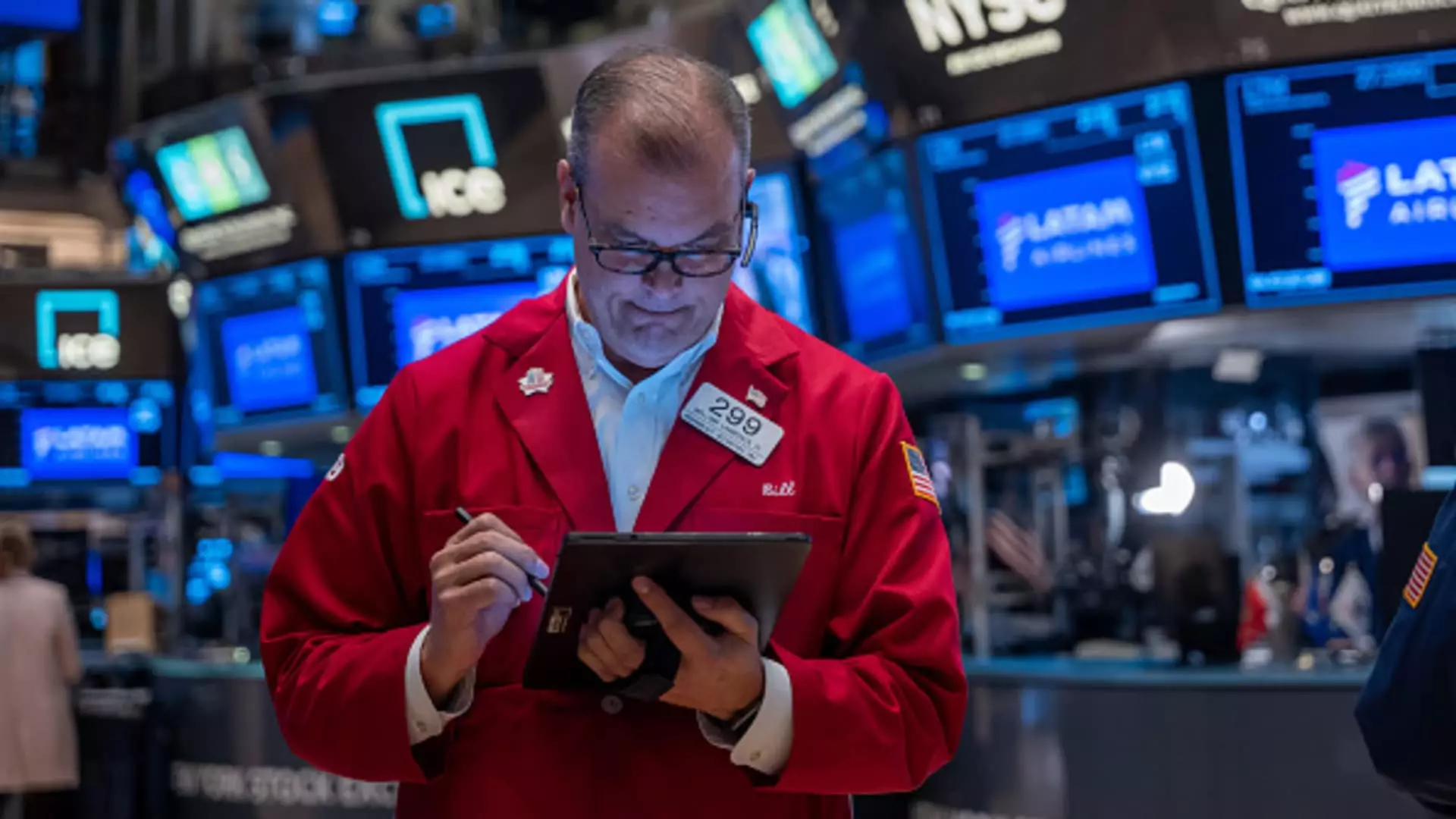In today’s fast-paced financial landscape, staying informed is crucial for both investors and market enthusiasts. With daily fluctuations, particularly in the stock market and fixed income securities, many are turning to reliable sources for timely updates. This article delves into the recent performance of major stock indices, the influence of Treasury yields, and notable corporate developments affecting well-known brands.
The Consecutive Drop of Major Indices
In the latest market session, both the Dow Jones Industrial Average and the S&P 500 experienced declines for the second consecutive day. This downward trend has sparked discussions among analysts regarding the contributing factors, including rising inflation concerns and the Fed’s policies. Investors closely monitoring these indices should familiarize themselves with the intertwined dynamics of interest rates and market sentiments.
The benchmark yield for the 10-year Treasury has climbed back above 4.2%, a significant indicator that captures market attention, as observed by its status as the most searched ticker on financial platforms. This yield affects various segments of the economy, including mortgage rates and corporate borrowing costs. In contrast, shorter-term Treasury yields, notably the two-year and one-year yields, hover around 4.03% and 4.26%, respectively, illustrating a tightening yield curve that is characteristic of an uncertain economic environment.
Yields across the Treasury spectrum reveal critical insights about investor expectations and economic forecasts. The one-month T-bill yield has surpassed 4.78%, indicating that short-term borrowing remains relatively expensive. Conversely, corporate bonds also illustrate varying yields, such as the Fidelity Corporate Bond ETF yielding 4.11%, while higher-risk options like the iShares 0-5 Year High Yield Corporate Bond ETF returns a more enticing 6.69%. These figures present a risk-reward scenario essential for investors weighing their options between safer government securities versus potentially higher-yielding corporate bonds.
The continuous shifts in yields could also signal potential movements in the stock market. Investors often react sharply to changes in the yields, as they can influence capital allocation across different asset classes.
On the corporate front, Starbucks has captured attention with its recent market performance, plunging by 4% in after-hours trading. This decline followed the announcement that the company is suspending guidance for fiscal 2025, amidst an alarming decrease in same-store sales. In an effort to retain investor confidence, Starbucks announced a dividend increase, raising it from 57 cents to 61 cents per share. The decision to maintain a dividend highlights the company’s strategy to remain attractive to shareholders despite operational challenges.
Meanwhile, McDonald’s is facing its own set of challenges, having recently become the center of attention due to a reported E. coli outbreak linked to its products. Over 49 cases have been connected to the chain, prompting the CDC’s intervention and McDonald’s termination of certain food items in several states. The stock has reacted negatively, dropping by 6% in after-hours trading. This situation resonates with past incidents involving Chipotle, where food safety issues severely impacted reputation and stock performance, emphasizing the potential long-term consequences of health-related crises for consumer brands.
Tomorrow’s session promises to bring more action as various corporations prepare for their quarterly earnings releases. Notably, Coca-Cola is scheduled to report, showcasing its consistent upward trend with a notable 7% gain over the past three months. However, the stock remains within proximity to its September high. Similarly, technology and industrial giants, including IBM and Tesla, are also on investors’ radars, with mixed performance patterns indicating volatility and investor sentiment tied to broader economic conditions.
In light of the upcoming earnings reports, market watchers should approach these events with a critical eye, recognizing that they serve as a barometer for each company’s operational health and growth prospects. As corporate performance can influence stock valuations, discerning investors should assess how these earnings align with broader market trends and economic indicators.
The current financial landscape is marked by significant volatility, driven by fluctuating yields, corporate challenges, and broader market dynamics. As investors navigate through these uncertainties, an informed approach becomes essential. By analyzing yield trends, following corporate developments closely, and keeping an eye on key earnings reports, market participants can position themselves strategically for potential opportunities amid risk. The interplay between economic indicators and corporate performance will remain pivotal in shaping the investment landscape going forward.

